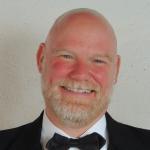Hal Smith: When we finished our last article for The Syncopated Times, Jeff kindly offered to let me choose the subject for our next collaboration. I chose “Some Jazzy Western Swing records by Bob Wills.” Hopefully the sides we discuss will provide good examples of just how much hot jazz this iconic Western Swing band was capable of playing.
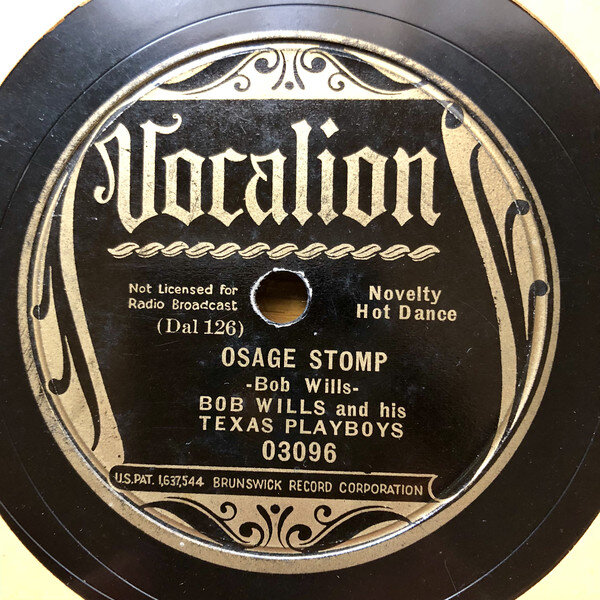 Jeff, the Texas Playboys’ very first recording, “Osage Stomp” (1935) was based on a “race record” by the Memphis Nighthawks called “Rukus Juice Shuffle” and recorded three years earlier. On this side, we get samples of Bob Wills’ Texas country fiddle, Jesse Ashlock’s jazz fiddle, Leon McAuliffe’s hot steel guitar, Johnnie Lee Wills’ driving banjo, Son Lansford’s slapped bass and drummer Smokey Dacus whacking out the rhythm with a stick on his trap case and a brush on the snare drum.
Jeff, the Texas Playboys’ very first recording, “Osage Stomp” (1935) was based on a “race record” by the Memphis Nighthawks called “Rukus Juice Shuffle” and recorded three years earlier. On this side, we get samples of Bob Wills’ Texas country fiddle, Jesse Ashlock’s jazz fiddle, Leon McAuliffe’s hot steel guitar, Johnnie Lee Wills’ driving banjo, Son Lansford’s slapped bass and drummer Smokey Dacus whacking out the rhythm with a stick on his trap case and a brush on the snare drum.
We also hear trombonist Art Haines in the ensembles and a solo by Zeb McNally on tenor sax. This is a pretty raucous start to the Texas Playboys discography! What do you think of this one, Jeff?
Jeff Barnhart: Hal, I’m so excited to be exploring this hybrid style with you; you’ve had a good amount of experience performing this style as well as listening to a LOT of it over the years. I’m a total newbie, so I’ll most likely play the role of asking questions more than making learned observations, but I welcome the opportunity to delve into new (for me) territory!
And this IS new! I’m glad you referenced the recording that inspired Wills’ “Osage Stomp,” as I went to search it out. The Nighthawks play with a lot of verve on a tune that is essentially a reworking of the first section of “Weary Blues” or “Bugle Call Rag” in the standard 12-bar blues form.
The Playboys elasticize the opening four bars of the first two ensembles so it’s unclear if they are actually in time, and then Ashlock’s solos are over two 15-bar choruses!?! After the return of the opening “call,” things even out into the familiar 12-bar form…sometimes: McNally’s sax solo goes over 18 bars…we are in a very free-floating world here, yet it all works!
Aside from what some might call my tedious analysis of form, I can also share the feeling these guys were having the time of their lives; it felt like 3 am in a wild saloon someplace. I grinned through the whole thing!
Before we proceed to your next selection, I do have a couple of questions for you, Hal. First, was the flexible bar length I heard here inherent in Western Swing or only infrequently encountered in the style?
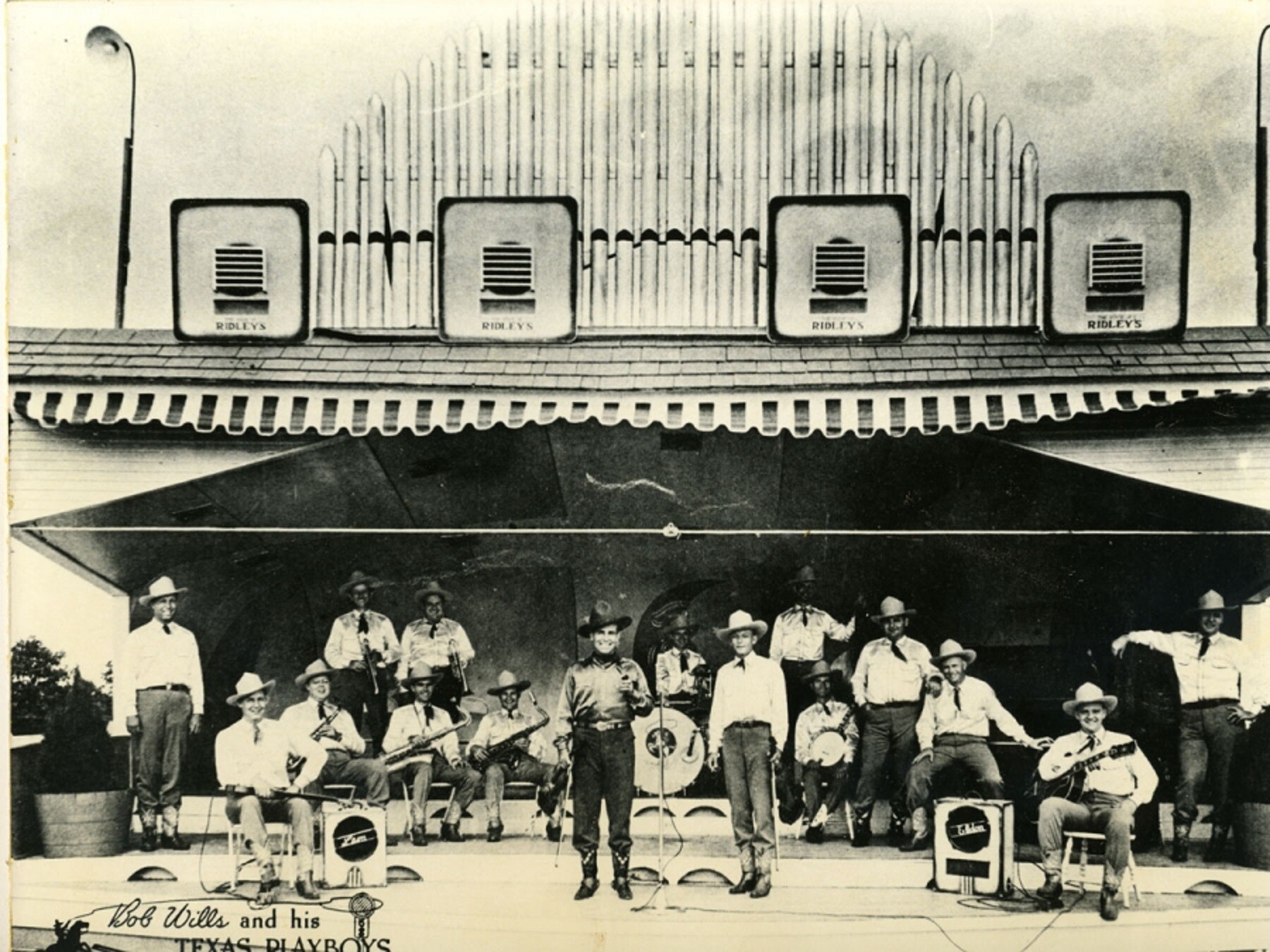
Second, I noticed quite a bit of vocal commentary and urging from, I assume, Wills; was this a tradition from barn-dancing, or perhaps their live performances, that spilled over into their recordings or was this something unique to them? While there has been a tradition in jazz of vocal interpolating and instigating (Fats Waller especially comes to mind), in this first Texas Playboys selection, and in the bulk of the others we’ll cover, it is a nearly constant presence during the solos. I’d love your insights regarding the above and then let’s launch into the next selection!!
HS: That’s a very good question concerning the flexible bar lengths! Actually, it’s not all that common in Western Swing outside the Texas Playboys. You can hear odd numbers of measures played and sung by certain blues performers and country fiddlers. But most Western bands—especially later ones like Spade Cooley’s and Tex Williams’—worked with the standard number of beats per measure. Wills’ musicians knew to watch him and listen closely to his fiddle playing and his singing, because they never knew exactly when he was going to come off a note or land on a new chord!
Danny Alguire, of Firehouse Five Plus Two fame, played trumpet with the Texas Playboys in the early 1940s. When Chris Tyle and I asked him how he handled the missing (and sometimes extra) measures, he shrugged and told us “You just got used to it!”
You can hear constant vocal admonitions to the other musicians on records by Louis Armstrong, Cab Calloway, and Ted Lewis (and Fats Waller, as you mentioned). Also, Wills’ vocal interjections might have come from the fiddle dances that he played as a young man. That might account for some of the missing or extra measures, too. Ever heard a fiddler call out the dance steps at a hoedown?
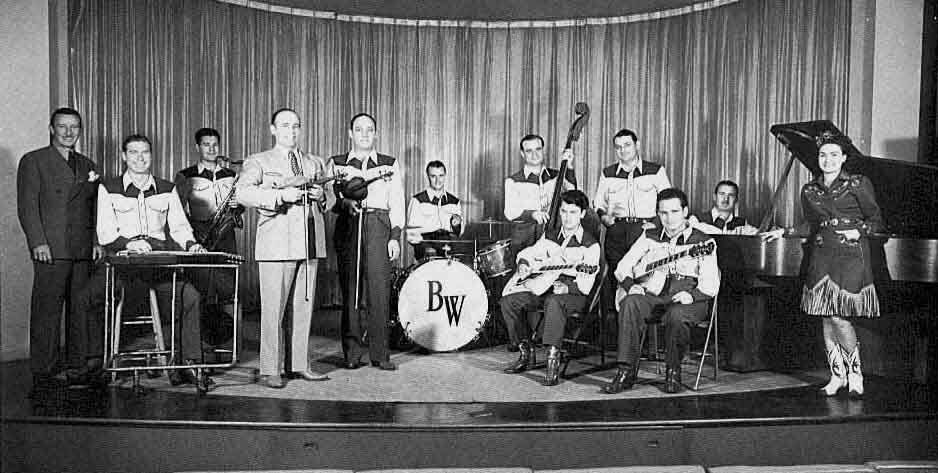
Wills used those exhortations to good advantage and helped the record buyers—and audiences at dances— become familiar with who they were hearing in the ensembles and the solos. Wills also had some signature expressions, such as the famous “Aaah – haaah” and cryptic sayings like “Women and chillum hollerin’ ‘Willie-Willie’” and “DOM-i-no!”
This next track demonstrates how contemporary swing concepts could be integrated into a Western outfit. The song is “White Heat,” which had been played to a fare-the-well by Jimmy Lunceford’s Orchestra.
By now the Texas Playboys included trumpet man Everett Stover, red-hot tenor saxophonist Ray DeGear, and pianist Al Stricklin (“that old piano pounder”—influenced by Earl Hines and Jess Stacy). Jesse Ashlock was still the hot jazz fiddle soloist. Leon McAuliffe was using the steel guitar like a horn, playing call-and-response figures with the front line and also playing some tailgate trombone-like lines on his solo.
Smokey Dacus’ drumming was more up-to-date and it’s easy to hear that he had learned quite a bit from listening to and watching Sonny Greer when the Duke Ellington Orchestra performed in Texas! “White Heat” is a wild ride, but very different from the performance on “Osage Stomp.” What grabs your attention here, Jeff?
JB: Man, oh man, Hal! This one rocks along like a freight train! “White Heat” is red hot from the first bar and doesn’t let up. Interesting that someone hearing it for the first time wouldn’t even associate it with Wills’ group, or Western Swing in general, until the steel guitar hits those first chords 30 seconds into the track. The next clue is some vocal “downhome” encouragement to Strickler’s romping piano (hot ’30s piano conjuring up contemporary greats Hines and Stacy as you pointed out!).
Once we reach Ashlock’s double-stop violin jazz solo we KNOW we’re in Western Swing territory! I’ll just give a shout-out to the one guy you missed in your list above: Joe Ferguson on that swinging, slapping bass! Hal, this rhythm section is doing exactly what I look for: laying down a hot, relentless beat, never overplaying and with terrific taste…WHILE making it sound effortless all the way. By this second tune, I am now a firm fan!! I have one more novice query before I hand it back to you for the next selection: Where did BWahTP record?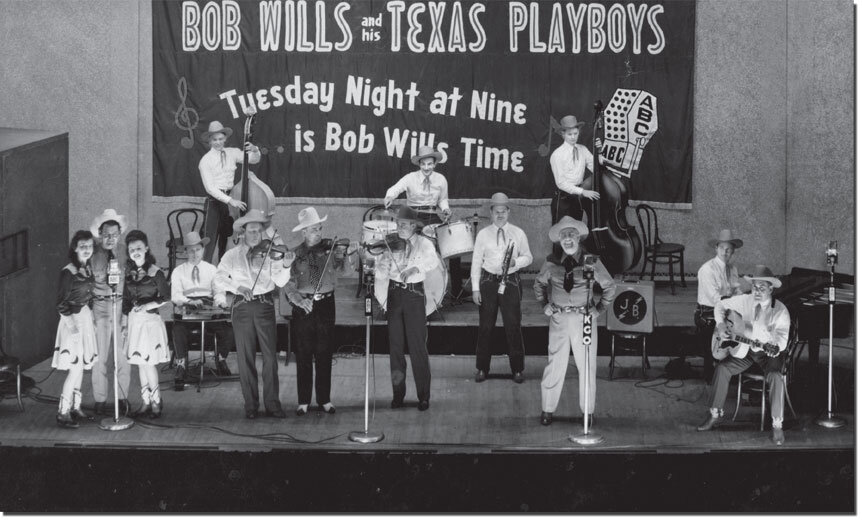
HS: I’m glad to know that you are enjoying your first exposure to these performances! To answer your question: During the 1930s, most of their recordings were made at locations near Dallas and Fort Worth—with the exception of two sessions recorded in Chicago in 1936.
Next is one of my all-time favorites by the Texas Playboys: “That’s What I Like ‘Bout The South.” Wills had a featured vocalist—Tommy Duncan—and Wills himself was an excellent singer. But he never hesitated to feature other Texas Playboys on vocals. Steel guitarist Leon McAuliffe was definitely a good choice for this one. His voice reminds me of Jack Teagarden, with a bit of Clancy Hayes and Bing Crosby thrown in for good measure! Al Stricklin sounds more like Jess Stacy than ever before, Eldon Shamblin takes a knocked-out guitar solo and Jesse Ashlock once again plays hot jazz fiddle. I can just imagine all the couples truckin’ around the dance floor at Cain’s Dancing Academy in Tulsa on this one!
JB: I was truckin’ on my imaginary dance floor in Mystic! Had the windows open wide (first nice warm day here) and blasted it into the neighborhood. No complaints so far!!!
Now I did know this tune from Phil Harris’ performances that I’ve heard over the years. But in addition to sounding more authentic than Harris’ slick delivery, the Playboys’ version is the ultimate dance track! It’s interesting you mention Wills sharing the limelight; that attitude makes for a real collaborative effort where everyone is simply on-point, delivering up some righteous, joyous sounds with abandon.
In addition to the elements you’ve highlighted for this song, I’ll also mention the terrific back-up provided by trumpeter Charlie Laughton behind the second vocal chorus, during which McAuliffe also sounds to me a bit like a rural Tex Beneke!
More questions, Hal, as you might expect from a neophyte. Did Wills always provide the vocal insertions or did Duncan (or others) add some as well? Also, if someone else was taking the vocal honors, if we hear fiddle behind the singing, is it always Wills or would Ashlock (or someone else) sometimes do the backing? Finally, with this tune (recorded in 1938) we are firmly in the Big Band era. How many Playboys were there in their largest incarnation?
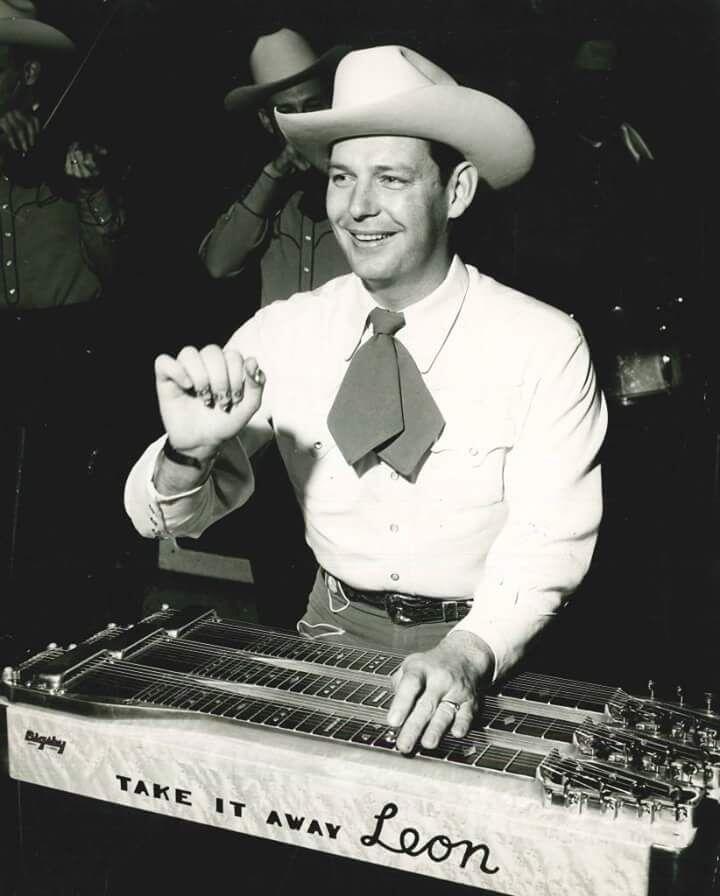
HS: Coincidentally, Leon McAuliffe became good friends with Tex Beneke when they were both in the Navy during WWII. I understand it was a mutual admiration society. Regarding the shouting: Yes—Wills did all of that, though on some of the Tiffany recordings from the late 1940s you can hear some interplay with Tommy Duncan and some of the sidemen.
Wills generally left the fiddle playing behind vocals to Ashlock—or Joe Holley, or whoever the “hot” fiddler in the band might be at the time. Wills’ own fiddle playing was very good, but he had the same habit of dropping or adding measures that you hear on many of his vocals.
On the session that produced “That’s What I Like ‘Bout The South,” the Texas Playboys numbered 15: three fiddles, two guitars, steel guitar, banjo, string bass, two trumpets (one doubling on sax), two saxes, piano, drums and vocalist (Tommy Duncan).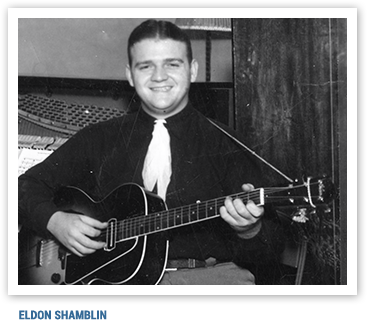
This next recording was a real departure for Bob Wills and the Texas Playboys. Except for Wills’ vocal interjections and an unusual song structure, “Big Beaver” could have been played by a very fine orthodox swing band from Texas. No fiddles, no steel guitar. There is, however, a driving rhythm with Eldon Shamblin’s guitar prominent in the mix. Wayne Johnson plays a gutbucket tenor solo, but the real star of the record is trumpeter Tubby Lewis. He takes two blazing-hot solo choruses that are in the same class as Bunny Berigan and Harry James!
JB: I hear everything you highlighted above in this selection! Somehow, the group manages to combine a laid-back atmosphere while keeping it hot and swinging throughout. Even with the swing band instrumentation, guitarist Shamblin’s emphasis on the offbeats gives us the clue that this is not a standard jazz outfit; by now, Freddie Green was laying down four even beats-to-the-bar with Basie.
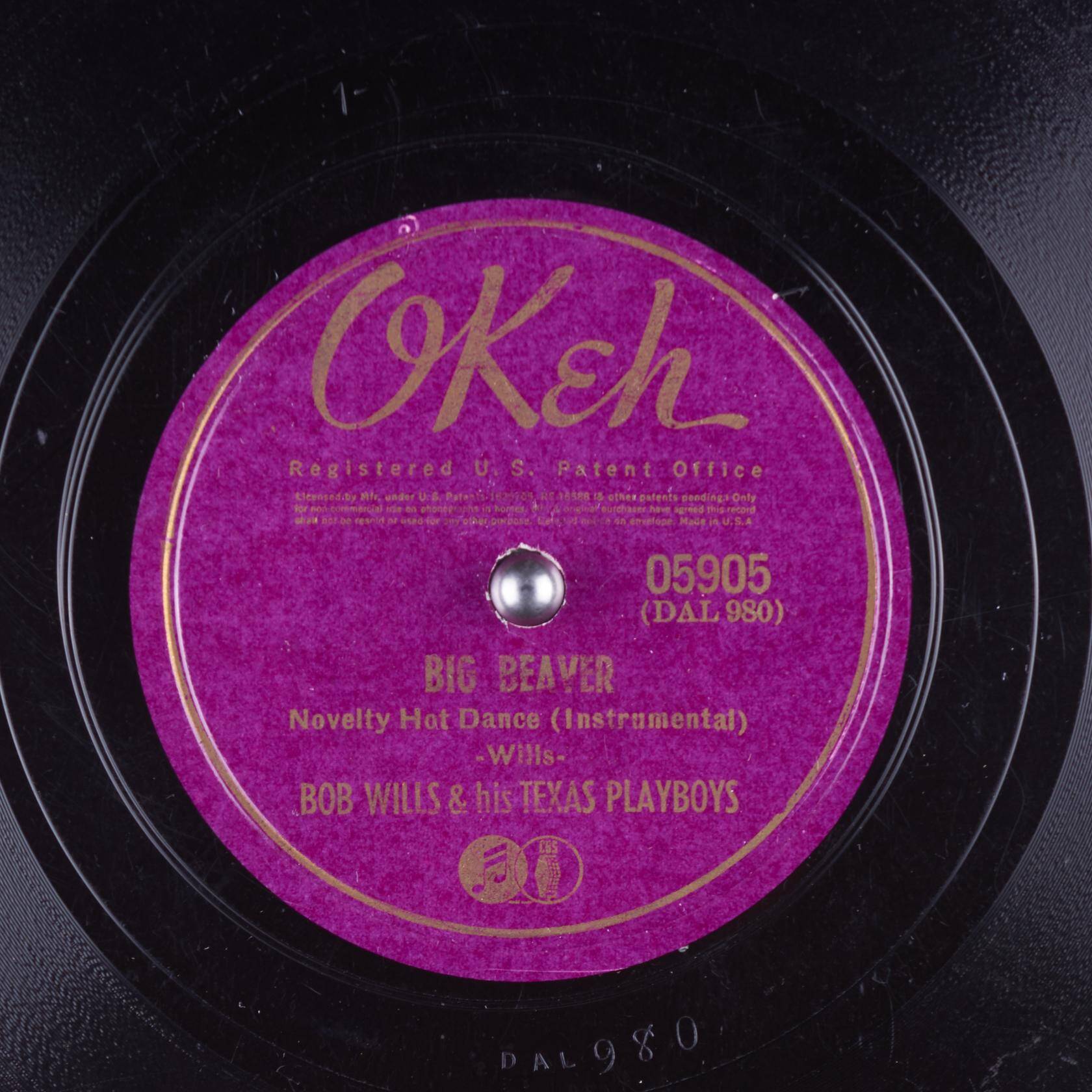 What was the response to these Playboy tracks that contained virtually no aspects readily associated with Western Swing (other than the vocal asides)? By 1940, when “Big Beaver” was released, what was the reaction? Did Western Swingers dig it? Did Big Band fans dig it? At that point in his career, did it matter what style it was as long as it was by Bob Wills? How did the cross-over material go over with fans?
What was the response to these Playboy tracks that contained virtually no aspects readily associated with Western Swing (other than the vocal asides)? By 1940, when “Big Beaver” was released, what was the reaction? Did Western Swingers dig it? Did Big Band fans dig it? At that point in his career, did it matter what style it was as long as it was by Bob Wills? How did the cross-over material go over with fans?
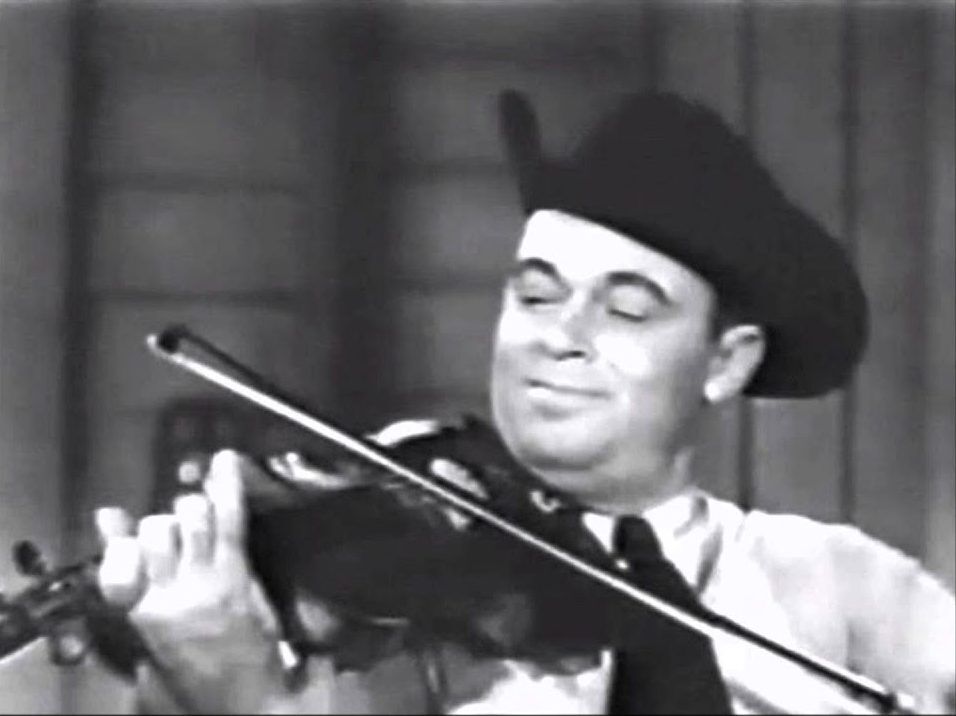
HS: Some of the older dancers at Cain’s and other venues did not like the newer swing-oriented material. For them, Wills kept a lot of “frontier fiddle” numbers in the repertoire. Wills’ producer at Columbia, “Uncle Art” Satherley, also preferred a smaller, string-oriented version of the band. However, musicians around the country were now listening closely to this musical organization which had been thought of as a “hillbilly” group for several years. Cornetist Danny Alguire, who we mentioned earlier, recalled that he heard the record of “Big Beaver” and thought “What is goin’ on?!?”
Bob Wills and the Texas Playboys were becoming famous not only for their performances, but for their original compositions—especially “New San Antonio Rose” that was recorded in 1940; an updated arrangement of the fiddle version which was recorded two years earlier. “Rose” was a huge hit record for Bing Crosby and Wills’ own recording of it sold extremely well.
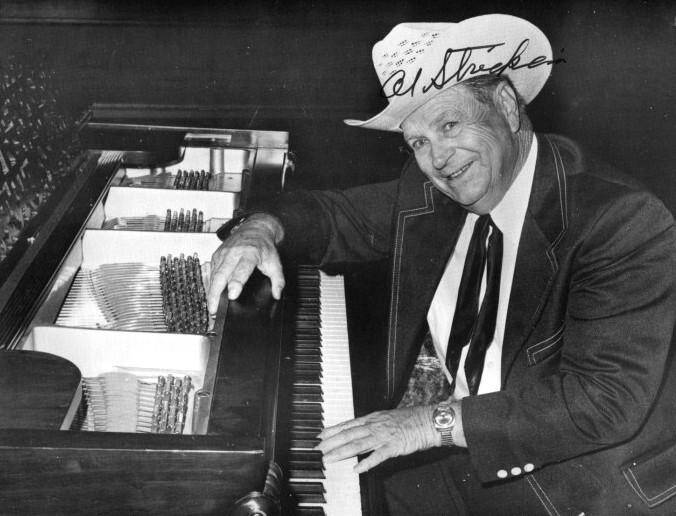
Unfortunately for Wills and the band, trumpeter Tubby Lewis passed away in 1941, just before the Texas Playboys got a big break: a starring role for the whole band in the movie Go West, Young Lady. There were additional personnel changes in the brass and the Playboys were desperately in need of a hot trumpet man.
One of the musicians who had been knocked out by the record of “Big Beaver” was a young trumpet player from Arkansas named Benny Strickler. Previously, he had played with bands led by Ben Pollack, Joe Venuti, and Seger Ellis—among others—and was an in-demand horn-man.
Strickler happened to be in Hollywood while Wills was searching for a trumpeter. When they met, Strickler projected such an air of confidence that Wills hired him without even hearing him play. Within a short period of time, Strickler’s friend Danny Alguire was also hired, along with trumpeter/arranger Alex Brashear and a great clarinetist: Woodie Wood.
Wills was ecstatic with this musical combination, which could play anything from a Texas hoedown like “Ida Red” to “Begin the Beguine.” And while Bob Wills and the Texas Playboys admired the orchestras of Artie Shaw, Tommy Dorsey, and Glenn Miller, they all had a particular fondness for the music of Bob Crosby and his Orchestra. Wills also featured a band-within-a-band similar to Crosby’s Bob Cats; an octet led by Strickler.
The “Dixieland” chorus by that small combo is the highlight of this next track: “Ten Years.” The vocalist on this side is Leon Huff, who joined the Playboys after featured vocalist Tommy Duncan enlisted in the US Army.
JB: What great information, Hal. I appreciate the enthusiasm that pours from you when you outline watershed moments in the development of this band. It’s contagious! I also love how many of our columns seem to intertwine; when you first sent the list of tracks you’d like to cover, I gave them a casual listen, and when the group-within-a-group burst forth with their chorus, I had to come back to the screen to be sure YouTube hadn’t inadvertently flipped me over to a Bob Cats track!
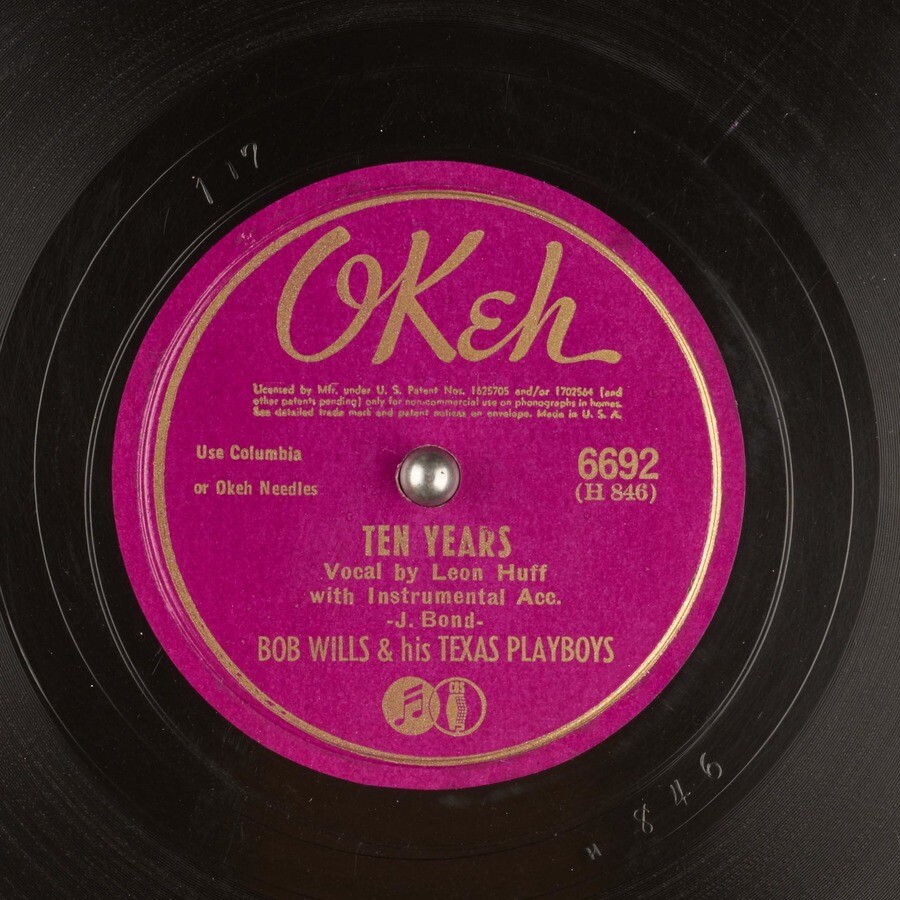 While they might have been missing a bit of Bob Cats arranger Bob Haggart’s special touch, they were playing with all their ten-gallon hats on!!
While they might have been missing a bit of Bob Cats arranger Bob Haggart’s special touch, they were playing with all their ten-gallon hats on!!
Also interesting to me is that while this is a hot band swinging hard, the 16-bar tune they’re playing is melodically, lyrically, and harmonically country all the way—with the same downhome “feel” of, say, “Red River Valley” or (although it’s a standard 32-bar tune in two halves) “Broken Promises” that I remember South Frisco would often perform. The inviting simplicity of country-pop songs like these continue to make them very popular and are great vehicles for swinging jazz interpretation.
What’s our next tune, Hal?!?
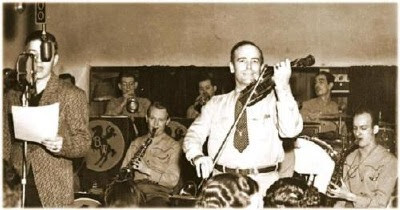
HS: Before we move on, I need to congratulate you for describing “Ten Years” as “country.” It certainly was; written by one of the great country songwriters: Johnny Bond. We could write a lot more about the 1941-42 Texas Playboys (maybe that could be another article sometime?). Besides Benny Strickler—who went on to play with the Yerba Buena Jazz Band—Danny Alguire was in the trumpet section as well. However, let’s move forward to 1945…
Bob Wills did try touring with a large band again after World War II. Unfortunately, it didn’t work out too well for a variety of reasons. Wills trimmed the band down to strings, rhythm, vocals, and Alex Brashear (from the prewar band) on trumpet and arrangements.
The group which recorded this next track was really an all-star outfit: electric guitarist Jimmy Wyble played with Benny Goodman and Red Norvo. Drummer Monte Mountjoy worked with the Firehouse 5+2, Jess Stacy, Wild Bill Davison, the Dixieland Rhythm Kings and also with top Western Swing bands.
Steel guitarist Noel Boggs and electric guitarist Cameron Hill also played with other well-known Western groups. Their recording of Fred Rose’s “Roly Poly” was a huge hit—and not just in the Southwest. The great jazz trombonist Bob Havens remembered hearing it on the radio in Quincy, Illinois: “they played it all day long,” he recalled many years later.
The record, arranged by Brashear, begins with a familiar quote played by Wyble and Hill. Next we hear pianist Millard Kelso channeling Joe Sullivan and Count Basie, with Mountjoy and bassist Teddy Adams swinging away furiously underneath. We also hear solo spots by Brashear, Boggs, hot fiddle man Joe Holley, and Wyble, who plays a walk-up figure that would be used many times by Rock ’n’ Roll guitarists in the 1950s. Also, for the first time in this discussion, we hear featured vocalist Tommy Duncan. What is your impression of this Western Swing classic, Jeff?
JB: So much to share here, Hal. I actually DO know this one and it never fails to make me laugh with joy. Man, what ridiculously funny, upbeat lyrics; a celebration of boyhood and burgeoning manhood with classic references throughout. The intro swings “London Bridge is Falling Down” and the playing is the most polished of any of the tracks we’ve covered today. Both the precision and the swing are of the highest quality; Kelso’s piano eases in then gets hot, Brashear’s muted interpolation really raises the bar and Duncan’s stentorian vocal delivery takes on any comers (I really hear how Duncan influenced a festival singing favorite, the late Earl McKee)! The chorus split between Hill, Boggs, and Brashear switches seamlessly twixt country and swing! Western, Eastern, Northern, Southern, this music is out of this world!!
Hal, I’m going to ask you to bring us to a close on this one, but not before I mention that this column inspired me to check out many more tunes by Bob Wills and the Texas Playboys, and YES, let’s spend time in the future on the 1941-42 group. No matter what the year, some additional tunes with which I’ve already fallen in love (from that era and others) are: “I Hear You Talkin’”—which we had planned on covering this time around, but ran out of space; “Little Coquette”; “Wang Wang Blues” and its flip side “I Can’t Be Satisfied”—LOVE the trombone on these two; “Too Busy” and “Red Hot Gal of Mine.” This is truly HAPPY music! Thanks for opening a new door for me, Hal!
HS: Believe me, it was a pleasure to introduce you to the music of Bob Wills and his Texas Playboys! If Syncopated Times readers are interested in really digging into this style, I strongly recommend buying the Bear Family set called San Antonio Rose. It contains 11 CDs (with many alternate and previously-unissued takes), a DVD and an incredible coffee table-size book by Western Swing authority Rich Kienzle, with many very rare photos and a discography by Bob Pinson. It’s a must-have!
We will be moving in another direction for our next collaboration. So…Jeff, would you please select the topic?
JB: We had such fun with “Twelfth Street Rag” earlier this year, let’s explore the history and seminal performances of the great jazz classic, “Panama.” I’ll see you there!
Hal Smith is an Arkansas-based drummer and writer. He leads the El Dorado Jazz Band and the
Mortonia Seven and works with a variety of jazz and swing bands. Visit him online at
halsmithmusic.com
Jeff Barnhart is an internationally renowned pianist, vocalist, arranger, bandleader, recording artist, ASCAP composer, educator and entertainer. Visit him online atwww.jeffbarnhart.com. Email: Mysticrag@aol.com






